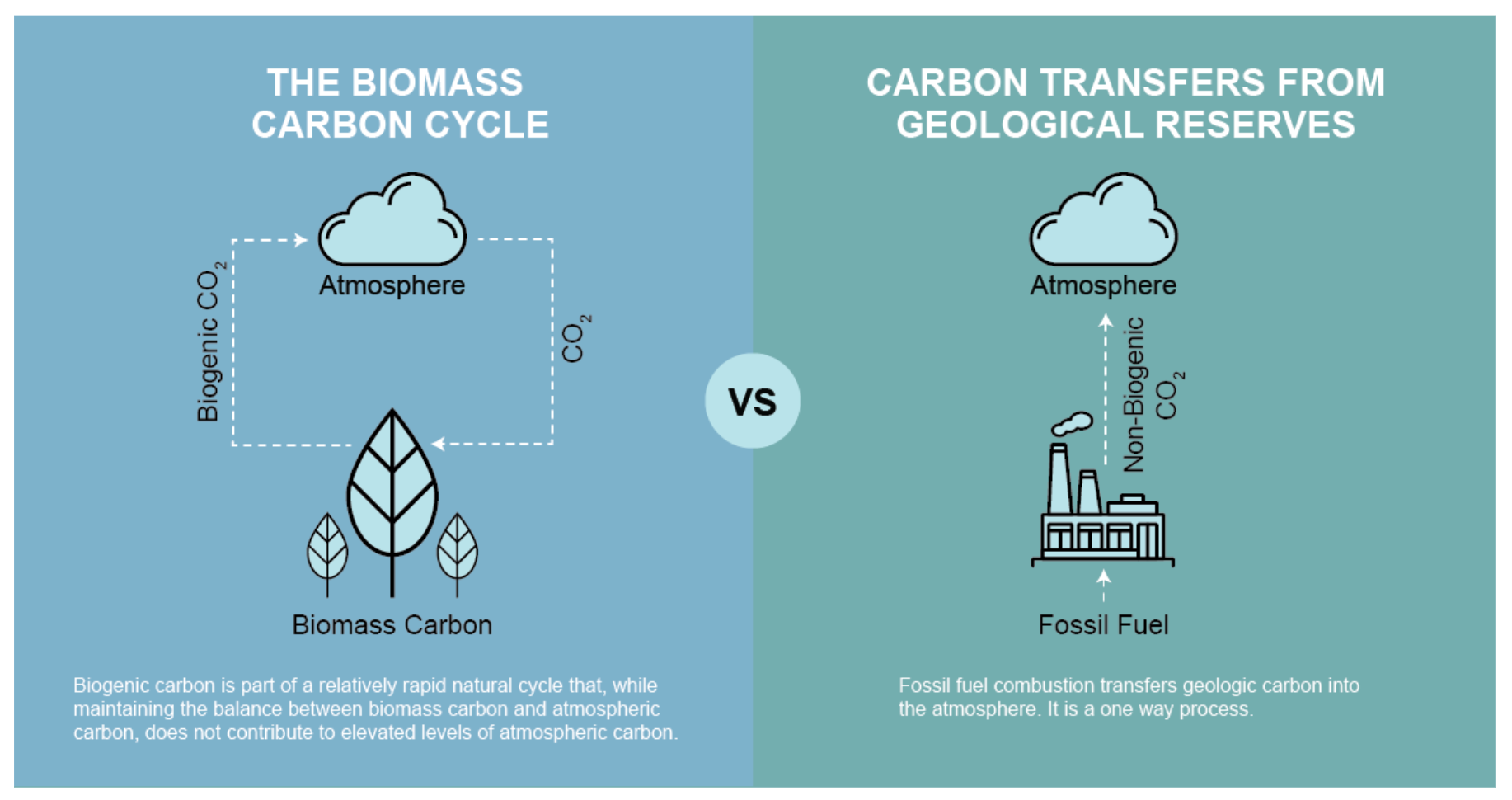I’ve been following the Biogenic CO2 Coalition for the past year which was formed by several agricultural trade groups to persuade the US Environmental Protection Agency (EPA) to refrain from regulating CO2 emissions from the use of annual crops the same way as CO2 from fossil fuels. For clarification, biogenic CO2 emissions, according to the EPA’s definition, are emissions from a stationary source directly resulting from the combustion or decomposition of biologically-based materials other than fossil fuels.
According to the Coalition, the EPA needs to prioritize regulatory reform clarifying that biogenic CO2 emissions from processing and use of agricultural feedstocks (such as corn, soybeans, oilseeds and farm residues) are not pollutants subject to regulation under the Federal Clean Air Act. The removal of this unnecessary regulatory burden would reportedly open opportunities for the development of renewable products, rural economies and the broader bioeconomy while maintaining environmental protections. The agricultural sector in the USA is reportedly poised to invest billions of dollars to develop the potential of the bioeconomy if only EPA would remove the threat of unwarranted regulatory burdens.
The Coalition also noted that the EPA’s regulation of biogenic CO2 was never supported by a proper science-based review prior to EPA announcing this expansive regulation, and that the EPA flatly ignored comments from the U.S. Department of Agriculture which cautioned that biogenic CO2 was carbon neutral and could not properly be regulated as a matter of sound science. For almost a decade now, agricultural crop producers and processors in the US have reportedly submitted multiple requests to EPA for clarity on the regulatory treatment of biogenic CO2 emissions produced by the fermentation, combustion or other processing of agricultural crops.
Here’s a video from the Biogenic CO2 Coalition early this month discussing the Coalition’s new digital advertising campaign (also below) urging action from the EPA on a policy change that could revitalize rural America with one rule change.




